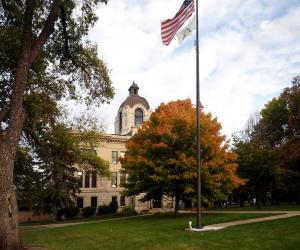Discover Alaska's Planting Zones - Plus 13 Tips for Healthy Plants
Gardening can be a beautiful, exciting hobby for folks. For others, it’s the way they feed their families or make a side hustle to provide for their families. When you live in certain climates, though, that gardening can be a bit of challenge. If you think about any place with extreme weather, like Arizona or Alaska, it becomes all the more challenging. Because of these challenges, it’s vital to know which USDA Hardiness Zone you plant in. For Alaska planting Zones, it’s especially important because so many spread across the state — and many micro-climate zones exist.
Let’s take a look at the concepts of, the specifics, of, and some tips for using those Alaska planting zones to your advantage as you grow fruits, vegetables, trees, shrubs, and flowers in the Last Frontier.
Alaska’s Growing Season
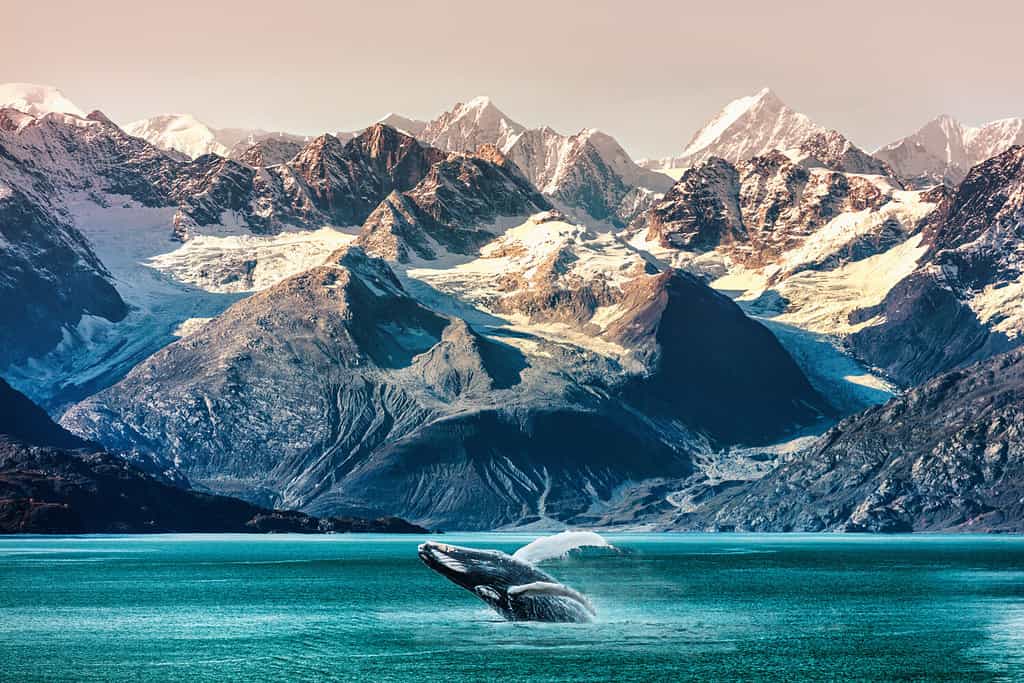
©Maridav/Shutterstock.com
Most years, the Alaska growing season runs for roughly 120 days between early May and late September. Some years, the weather offers enough warmth early on or later in the year to extend the season up to as many as 200 days annually. But other years, you could lose an entire month.
Because of this, it’s important to pay attention to your local almanac, weather reports, and local gardening experts. They’ll help you find the best times to start planting and when to harvest before that first hard frost hits.
USDA Hardiness Zones
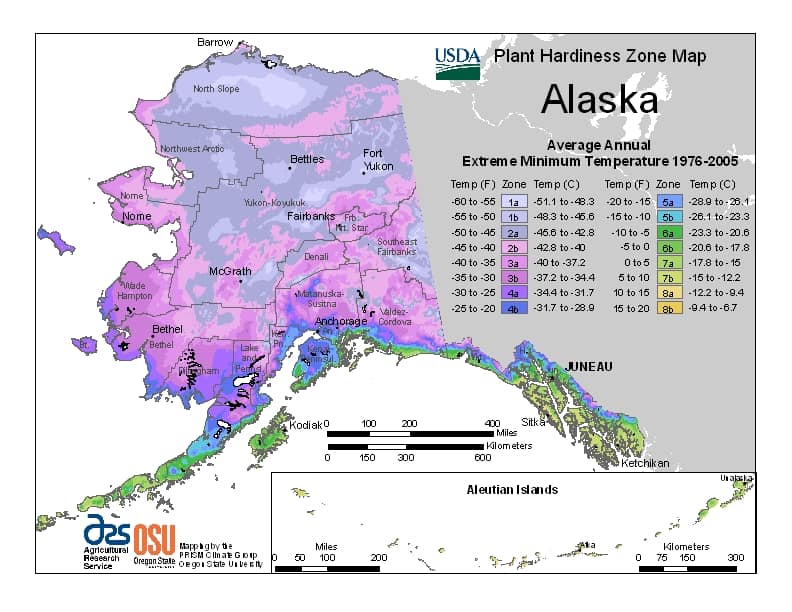
©US Government / CC0 – License
Before you can decide what to plant, where, and when, you should study up a bit on planting zones. The USDA Hardiness Zones begin at 1A and go through 13B. 1A is the coldest region, with 13B the hottest. The range goes from -60 degrees Fahrenheit to 70 degrees Fahrenheit as the coldest temperatures the region receives.
You can find numerous versions of the USDA Hardiness Zone maps all over the web but look specifically for your micro-climate zones in Alaska for best results as you plan your season.
For Alaska, these zones run from 1b to 7b.
Micro-Climate Zones in Alaska
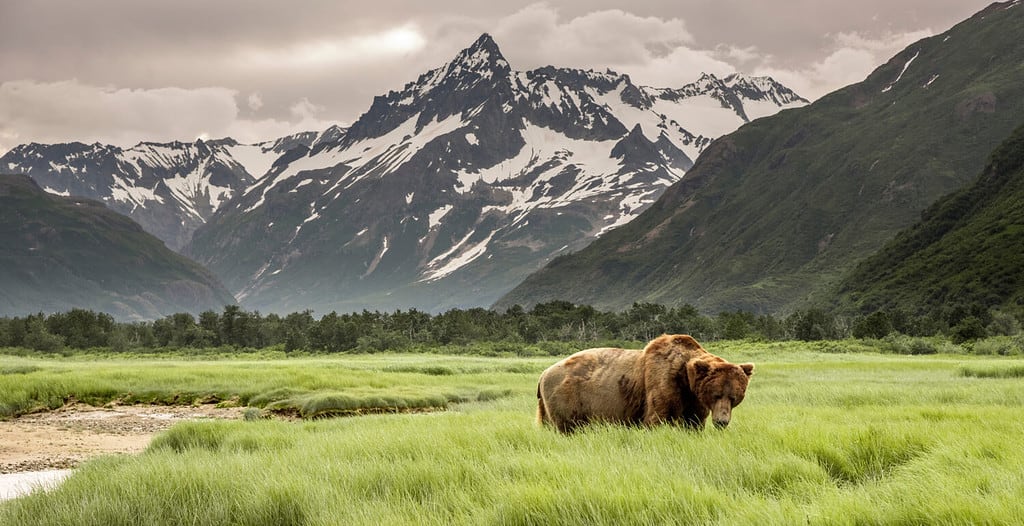
©Robert Frashure/Shutterstock.com
Much smaller areas have been divided into micro-climate zones in Alaska to help deal with the unique temperatures, moisture, and sunlight conditions of an area. Topography, wind patterns, coastal proximity, and other things impact these regions, creating specifically unique zones.
Key Alaskan Locations and Their Planting Zones
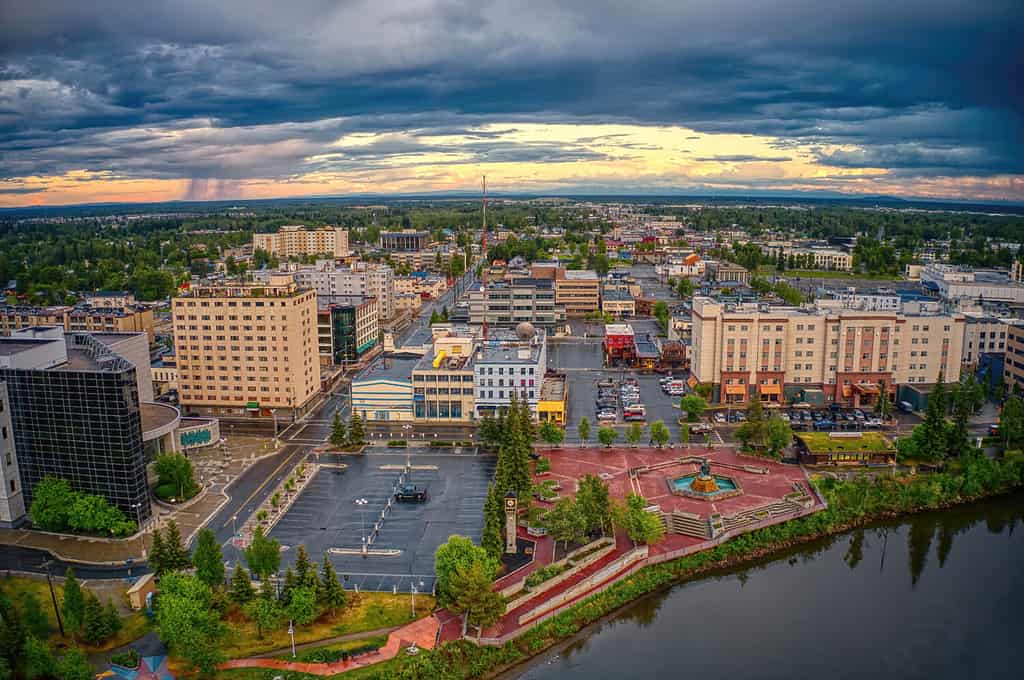
©Jacob Boomsma/Shutterstock.com
Find your approximate zone below through looking for your approximate location among the micro-climate Alaska planting zones.
- Fairbanks: USDA Zone 2a
- Palmer: USDA Zone 4a
- Wasilla: USDA Zone 4a
- Anchorage: USDA Zone 4a
- Barrow: USDA Zone 2a
- Eek: USDA Zone 1a
- Butte: USDA Zone 3a
- Seward: USDA Zone 6b
- Soldotna: USDA Zone 4a
- Kodiak: USDA Zone 7a
- Nome: USDA Zone 4b
- Tok: USDA Zone 2a
Regional Factors to Know
If you can’t find your exact climate zone above, consider these regional factors as you look to the nearest zone.
- Zones may vary in your region. Focus on the temperature, humidity, and similar factors in your zone, along with wind protection versus open plains.
- Rainfall, proximity to freshwater or saltwater bodies impacts your climate as well. Make note of these aspects as you plan your garden.
- If you receive a lot of intense snowstorms because of your location inland, consider this, as well.
The best way to deal with non-specific zones is actually to consider similar climates rather than proximity. Many micro-climates look more like a micro-zone hours away than the closest ones.
Tips for Growing Healthy Plants in Alaska
Start Your Seeds Indoors
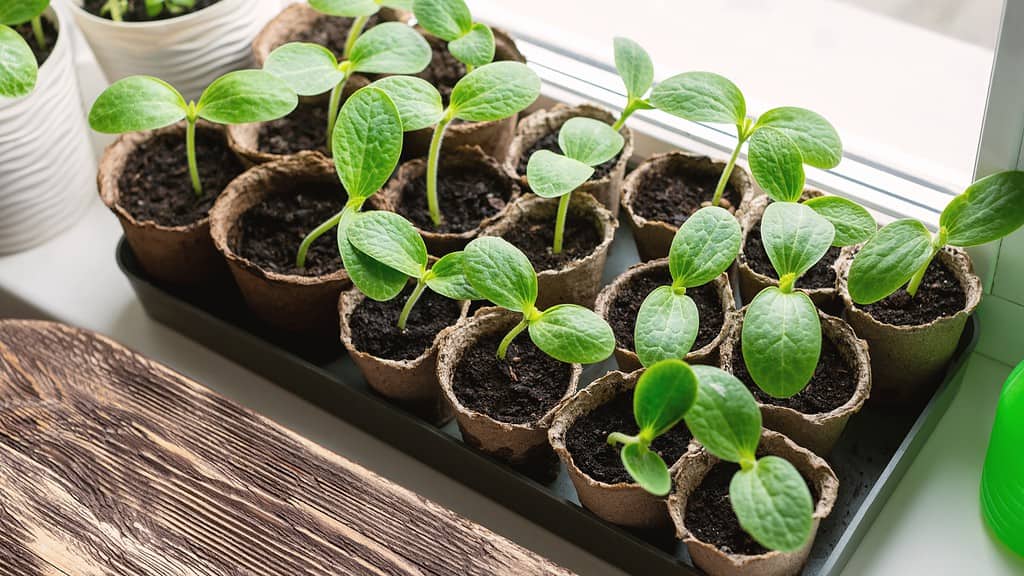
©n.k.junky/Shutterstock.com
Because of Alaska’s weather and short growing season, you’ll do your best starting your plants indoors. Then, when the weather clears and the season officially takes off, transfer your seedlings outdoors where they’ll live happy, healthy lives.
Carefully Select and Prepare the Planting Site
Before you take those seedlings out, though, ensure that your planting site is appropriate for each plant type that you’re growing. Some plants don’t mind soggy soil, while most require properly draining soil. Some plants want full sun, while others prefer shade.
Carefully plan your garden space to provide the plants with the type of terrain, soil, light exposure, and wind protection they need.
Provide Wind Protection, as Needed
Since many spots are naturally open and exposed to the wind, consider adding some wind shelters for your plants. This could be a barrier, a greenhouse, or even placement at the side of the house away from your most exposed walls.
Use Tall Fencing, Electric if Needed
Use some tall fencing to keep those moose, deer, and other large animals out. If you don’t, you could wind up losing the whole crop to a rampaging caribou. And, in some cases, you may find you need to electrify the fence. The currents shock the animals but don’t harm them. They won’t want to come into contact with the fence and therefore will stay out.
Amend Your Soil as Needed for Each Plant Type
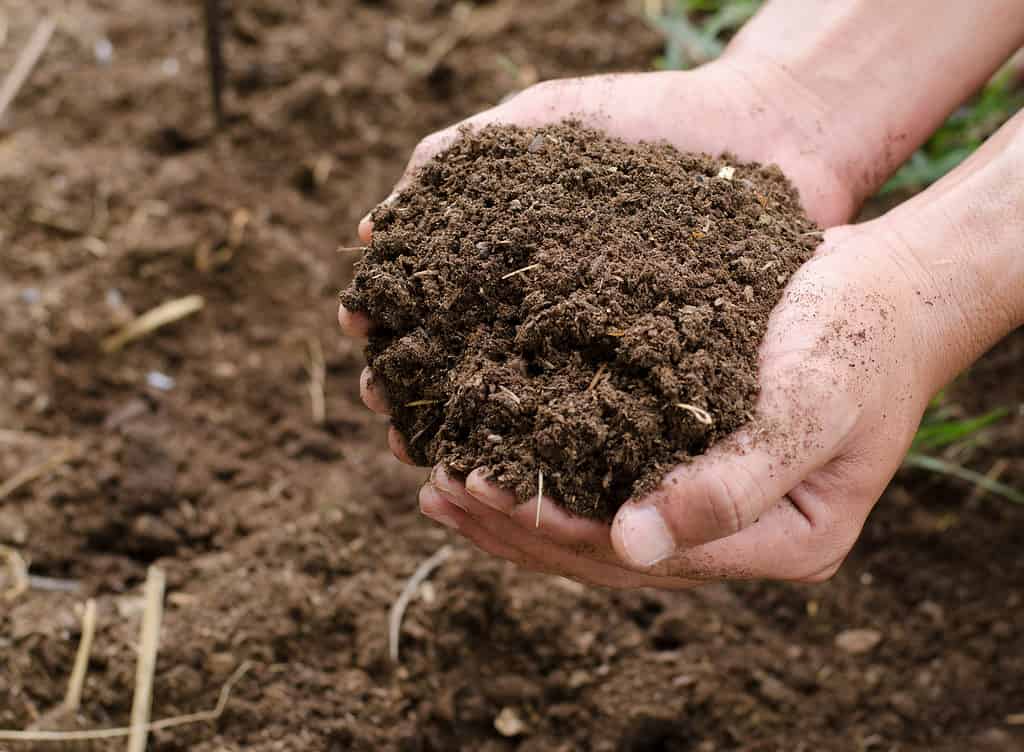
©Singkham/Shutterstock.com
As you start planting, pay attention to the type of you have. If a plant you’re growing requires a certain pH range for healthy growth, use acidic versus alkaline instructions for amending that soil.
Pay Attention to Lighting, Watering, and Specific Planting Needs for Each Plant Type
You also need to make sure that as you grow that garden, you know your plants well. Tomatoes require different amounts of sunlight and water than a fern, for example. Know your plants and follow their specific care instructions instead of assuming they basically each need the same thing.
Offer Proper Fertilization
Because many spots in Alaska have low soil nutrients, be sure to fertilize your soil appropriately for the plants you’re growing. They need minerals and organic matter to grow healthy and produce flowers, fruits, and seeds.
Plant Annuals as Perennials
If you live in warmer Alaska planting zones, you may want to plant your annuals as perennials. Many of the plants, like kale, that colder climates can only produce as annuals may well grow as perennials in your zone.
Practice Alternative Growing Methods
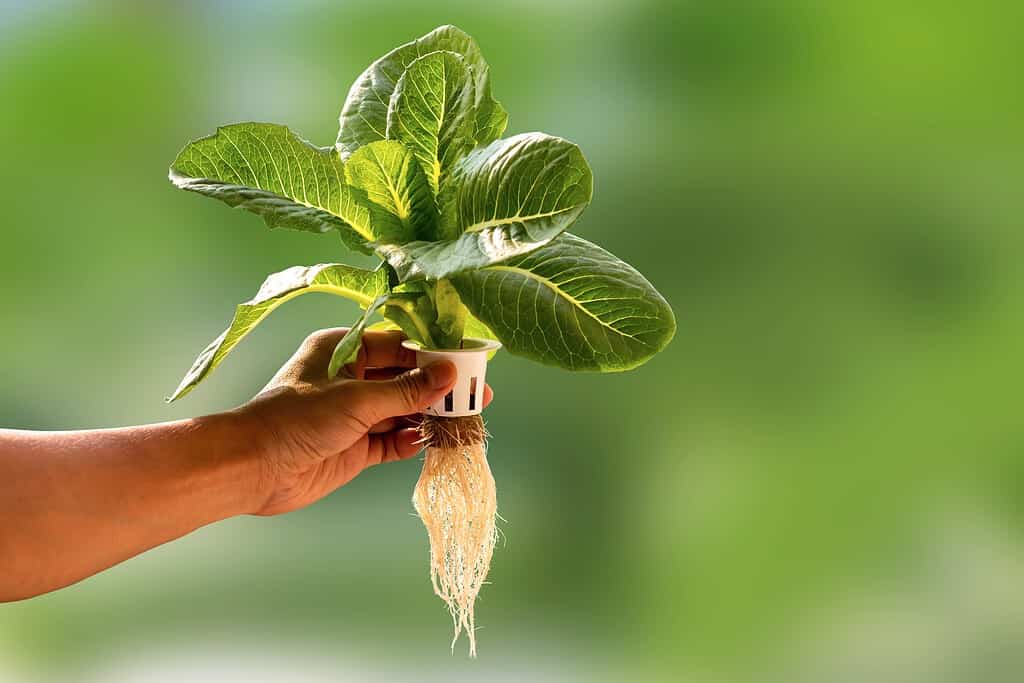
©Thanongsak Sukjai/iStock via Getty Images
Many folks in Alaska choose greenhouses, hydroponic, aeroponic, and other alternative growth methods for their gardens. These are particularly handy in colder Alaska planting zones. These are also ideal for starting out your plants that transfer outdoors for the summer. Cold frames are a great option for year-round planting, as well. Use row covers and low tunnels for extended growing seasons as well.
Know Your Frost Dates
Before you plant, be sure to know your approximate frost dates. The Alaska planting zones are largely divided up by when the first frost hits and the last frost fades.
Deal with Pests Appropriately
Be sure to keep an eye out for pests. These could include rodents, insects, and diseases. Be sure to use natural pesticides and fungicides to remove them, particularly on your edible plants.
Be Specific About Which Vegetables You Grow
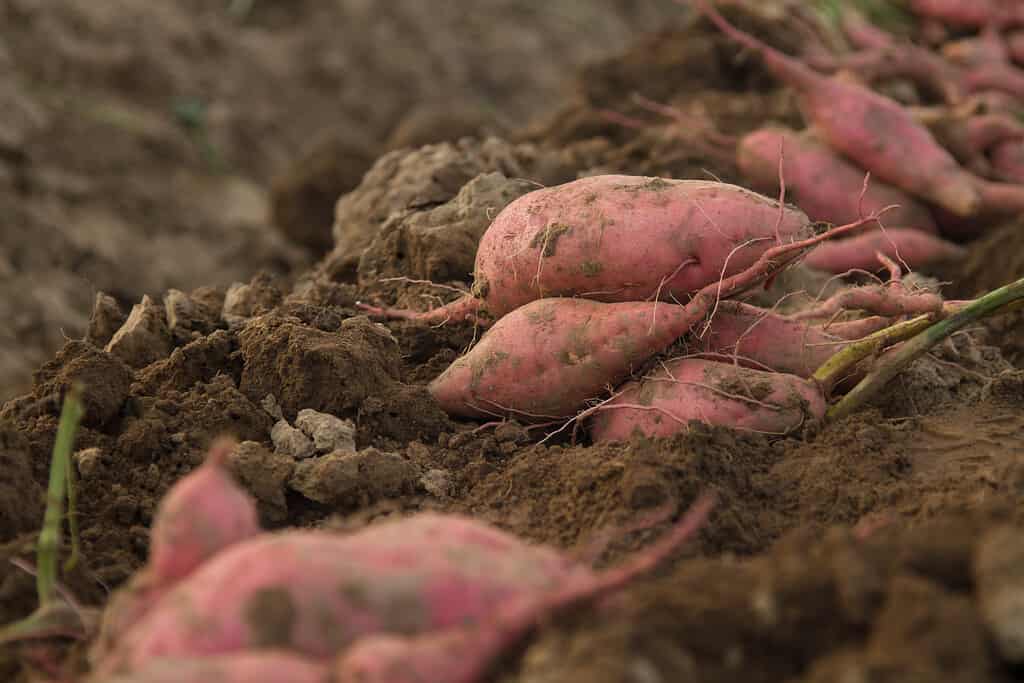
©piyaset/ via Getty Images
Because of the distinctive climate and terrains of Alaska, not all vegetables grow here. Choose the right crops for positive results.
Some of the best edible plants for Alaska include:
- Potatoes
- Sweet potatoes
- Carrots
- Onions
- Peas
- Spinach
- Kale
- Broccoli
- Cauliflower
- Radishes
- Cabbage
- Turnips
Aim to Plant Alaska Natives
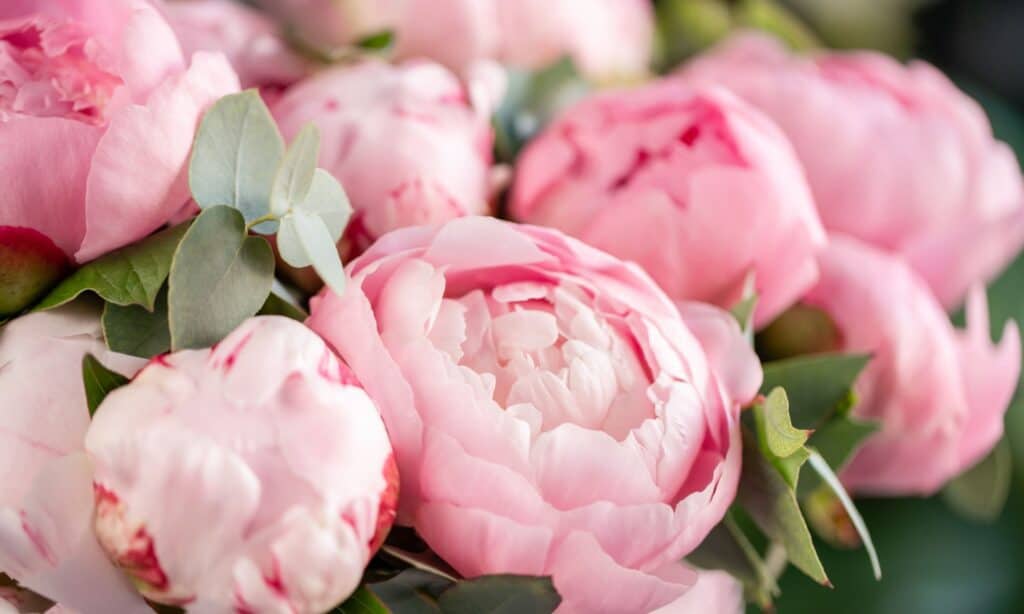
©Fusionstudio/Shutterstock.com
Because of the unique climate, terrain, and other aspects of Alaska, native plants are different from most in other states. For example, you may not be able to grow tulips in as much abundance in Alaska as you can peonies because peonies are native here.
Here are some of the best native Alaskan plants to grow.
- Peonies
- White yarrow
- Giant marsh marigolds
- Yellow lady’s slipper orchids
- Small-flowered anemones
- Water horsetail
- Alpine asters
- Beach strawberry
- Foxtail barley
- Forget-me-nots
- Thimbleberries
- Sitka spruces
- Western columbines
- Alaska blueberries
- White spruces
- Wild irises
- Red currants
- Balsam poplars
- Goat’s beard
- Dwarf dogwood
- Fireweed
- Small-flowered paintbrush
- False azaleas
- Clasping Twisted-Stalk
- Common wormwood
- Yellow marsh-marigold
- False hellebore
- Unalaska Paintbrush
- Bluebells of Scotland
- Jeffrey’s shooting star
- Trailing raspberry
- Northern grass-of-Parnassus
- Canada goldenrod
- Deerberry
- Swamp gentian
- Cattail
- Whorled lousewort
- Patridgefoot/Alpine Spirea
- Liverleaf Wintergreen
- Pretty Shooting Star
- Pond lily
- Skunk cabbage
- Goosetongue
- Dwarf fireweed
- Alaska moss heather
- Monkey flower
- Nagoonberry
- Salmonberry
- Beach pea
- Single delight
- Northern geranium
- Villous cinquefoil
- White bog orchid
- Bog rosemary
- Scarlet paintbrush
- Subalpine daisy or Coastal fleabane
- Common butterwort
- Stream violet
- Twin flower
- Wild celery
- Cow parsnip
- Devil’s club
- Nootka Lupine
- Labrador tea
- Chocolate lily
- Mountain harebell
- Alaskan Monkshood
- Prickly rose
- High bush cranberry
- Low bush cranberry
- Jacob’s ladder
- Ostrich fern







